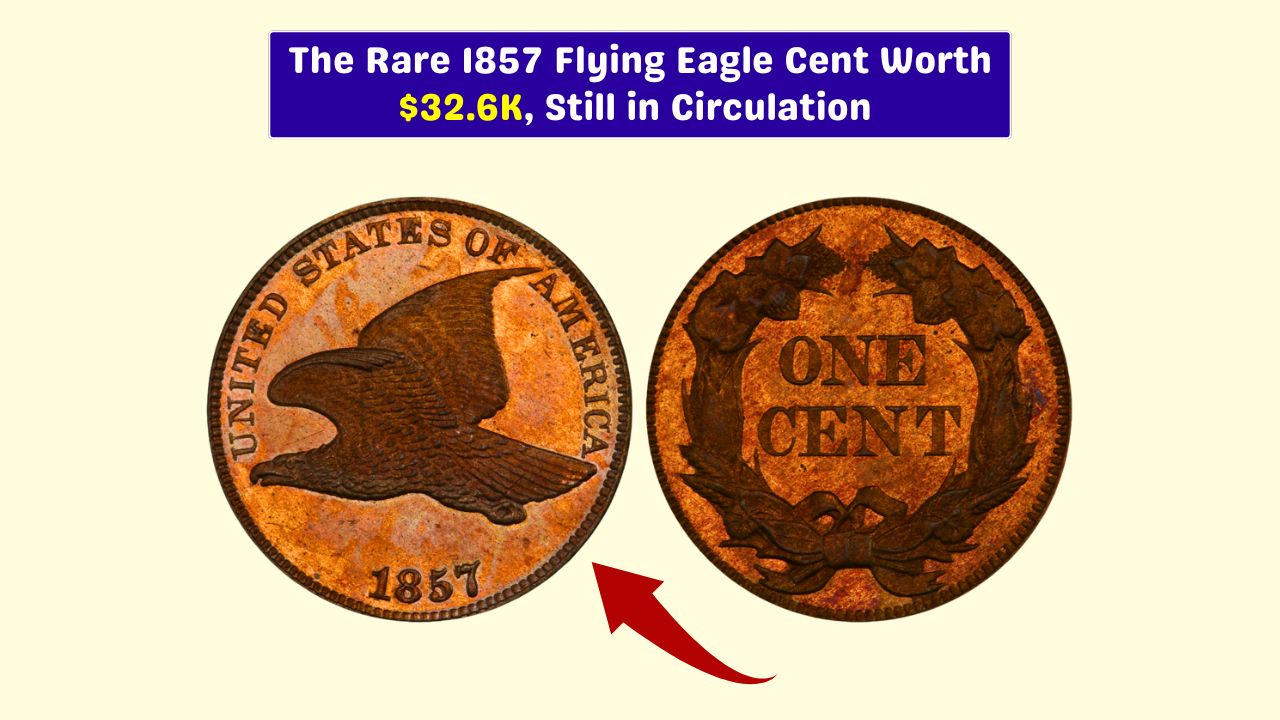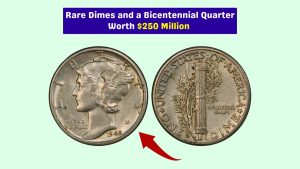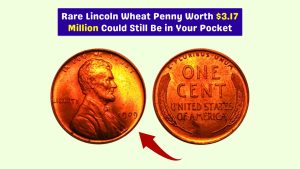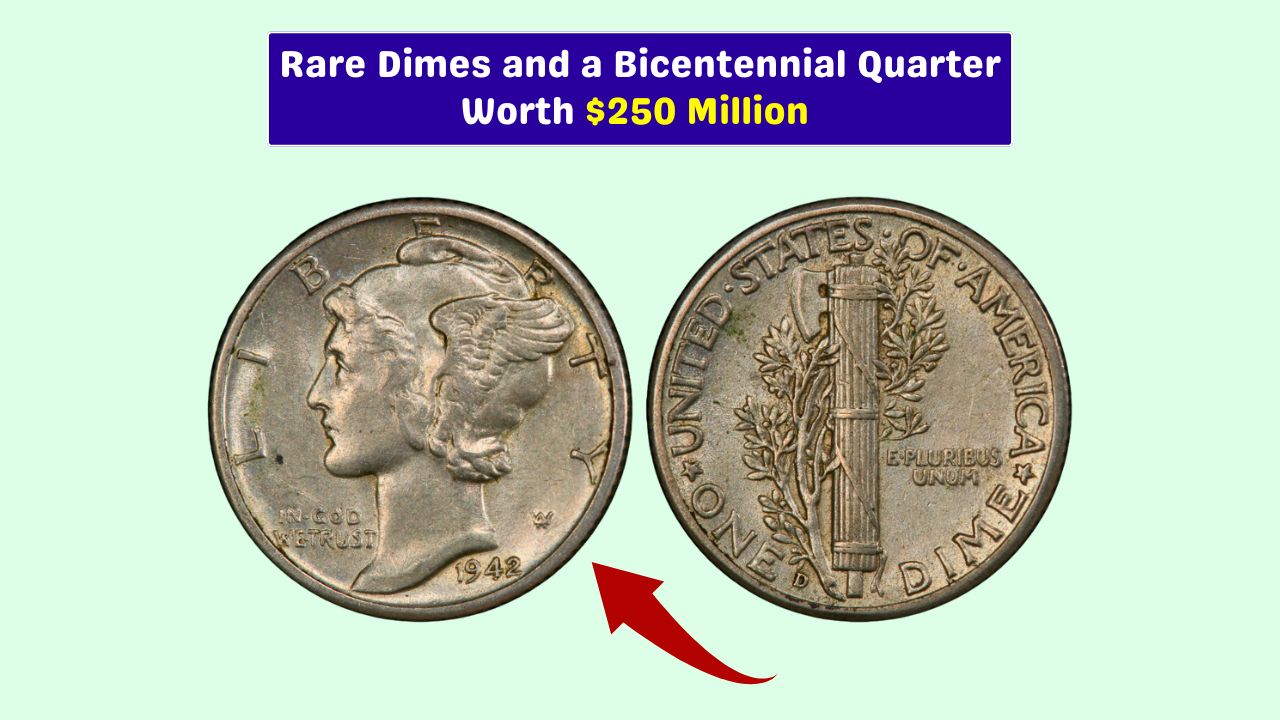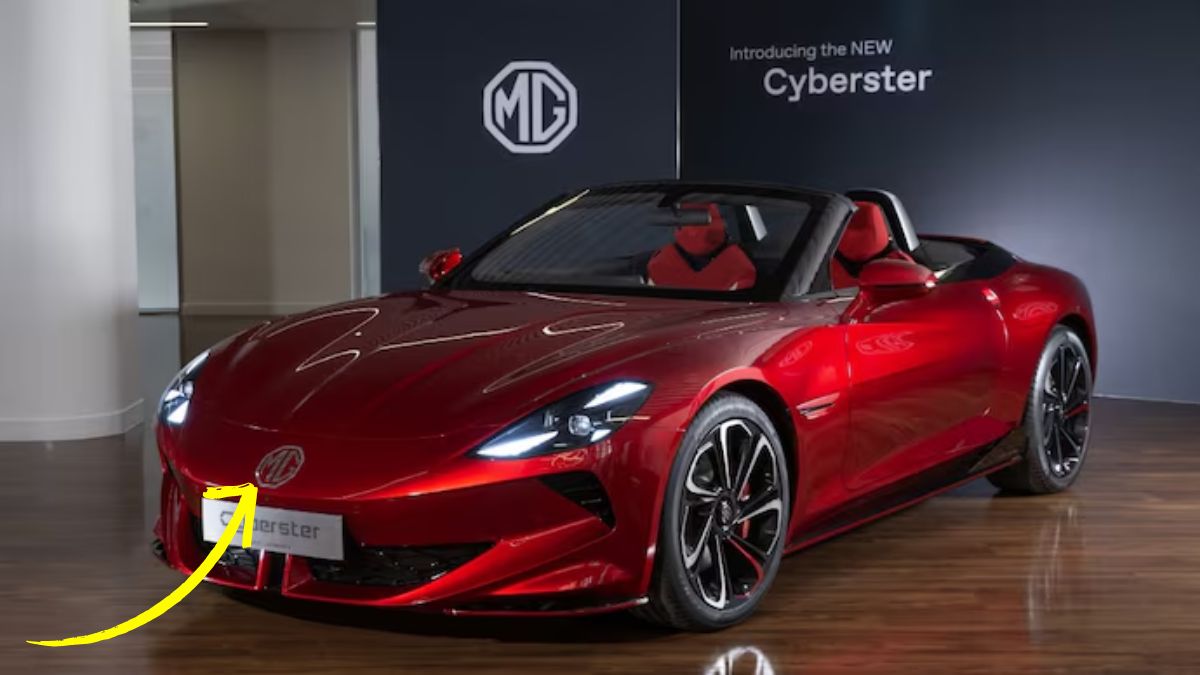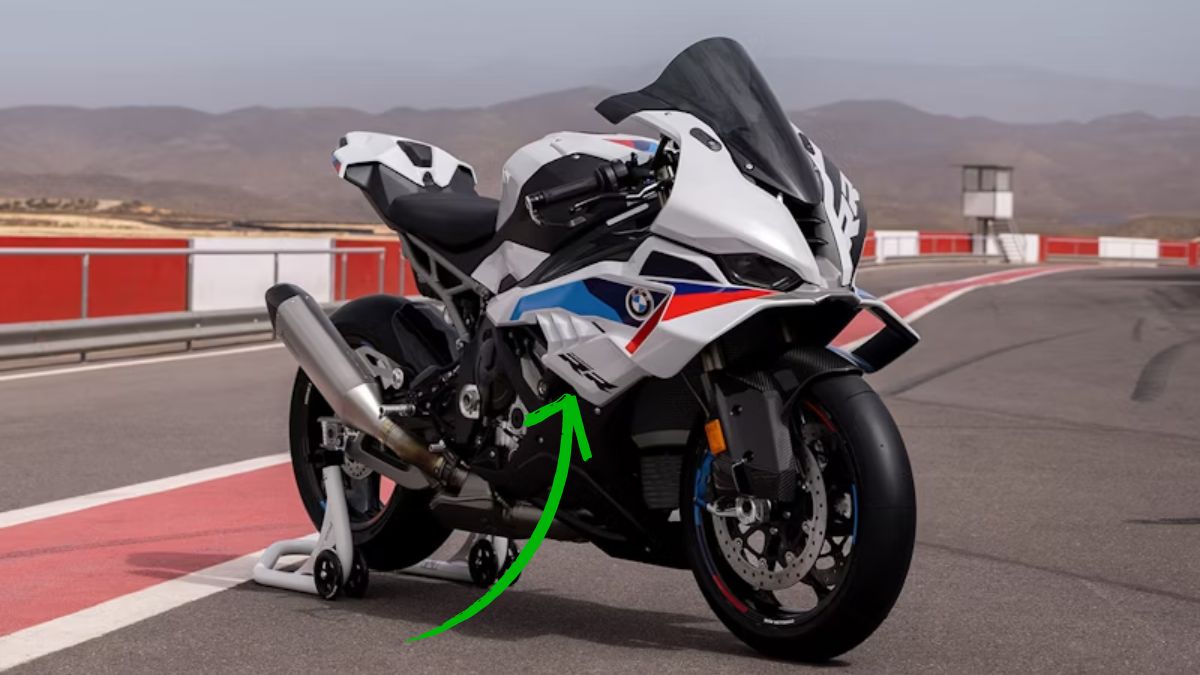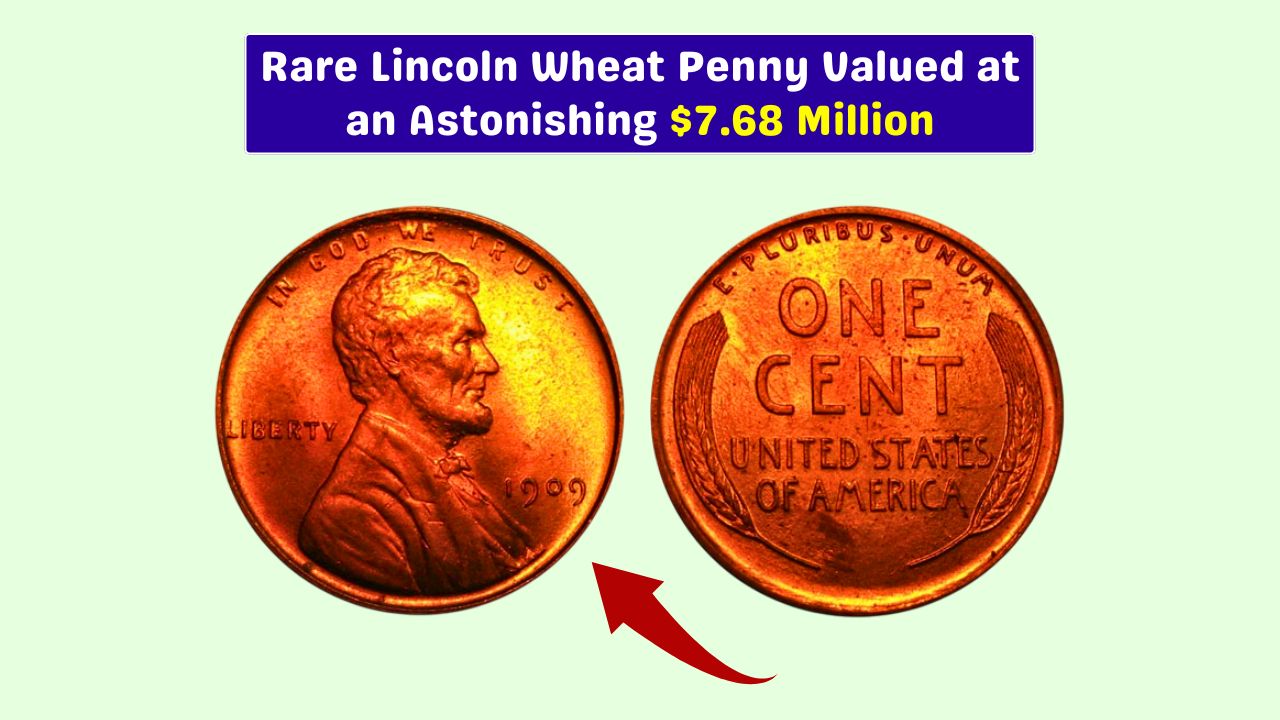Ever wonder what it feels like to hold a $32,625 piece of history in your hand? Well, the 1857 Flying Eagle Cent might just be that treasure. It’s not just a coin — it’s a slice of American numismatic history, representing the country’s first step toward smaller, modern coinage.
Collectors today are still chasing this beauty for its rarity, story, and eye-catching design.
Table of Content
Origins
Before 1857, U.S. one-cent coins were large and bulky — not exactly pocket-friendly. In 1856, the U.S. Mint introduced the Flying Eagle cent as a sleeker, smaller replacement.
By 1857, it officially entered circulation, forever changing American coinage. Made of 88% copper and 12% nickel, it had a paler tone compared to older copper coins, making it visually stand out.
Design
On the front (obverse), you’ll find a detailed eagle mid-flight, a bold and dynamic image crafted by James B. Longacre, Chief Engraver of the U.S. Mint. Flip it over and there’s a simple, elegant wreath of American agricultural products — a nod to the nation’s prosperity and unity.
Specs
Here’s a quick breakdown of this remarkable coin:
| Feature | Details |
|---|---|
| Coin Name | 1857 Flying Eagle Cent |
| Metal Content | 88% Copper, 12% Nickel |
| Designer | James B. Longacre |
| Recently Sold Date | March 30, 2025 |
| Value Sold | $32,625 |
Proof-65 Meaning
So, what does it mean when a coin is graded PCGS Proof-65? In short — it’s a gem. The Professional Coin Grading Service (PCGS) assigns this grade to Proof coins in superb condition with sharp detail, deep mirror-like surfaces, and only tiny imperfections.
Proof coins aren’t made for everyday use. They’re specially struck for collectors, typically using polished dies and planchets, often double-struck for extra clarity.
Back in 1857, only about 50 to 75 Proof Flying Eagle cents were made, making them a major prize today.
Why It’s So Valuable
Several factors boost this coin’s value:
- Rarity: Fewer than 100 Proof Flying Eagle cents from 1857 are believed to exist today.
- Historic Importance: It marked America’s transition from large cents to smaller, modern coins.
- Exceptional Design: Longacre’s detailed eagle remains a standout.
- Collector Demand: High interest and competition drive up market prices.
Auction Sales
Proof-65 examples of the 1857 Flying Eagle Cent have fetched over $25,000, with a recent sale reaching $32,625. Coins with rich toning, strong cameo contrast, or housed in older PCGS holders can command even higher premiums.
Collecting Tips
Thinking about adding one to your collection? Here’s some advice:
- Always verify certification from PCGS or a top-tier grading service.
- Avoid coins that have been cleaned or altered — originality matters.
- Watch market trends; coin values can shift with collector interest.
- Buy from trusted dealers or reputable auction houses.
Whether you’re a seasoned collector or just dipping your toes into rare U.S. coins, the 1857 Flying Eagle Cent in Proof-65 is a true showpiece — combining history, rarity, and beauty in one small but mighty package.
FAQs
Who designed the 1857 Flying Eagle Cent?
James B. Longacre, the Chief Engraver of the U.S. Mint.
What is a PCGS Proof-65 grade?
It means a coin in gem proof condition with minor flaws.
How many Proof 1857 Flying Eagle cents exist?
Roughly 50 to 75 Proof coins were originally struck.
Why is the 1857 Flying Eagle Cent important?
It replaced the large cent, marking a new U.S. coin era.
How much did one sell for in 2025?
A Proof-65 example sold for $32,625 on March 30, 2025.
